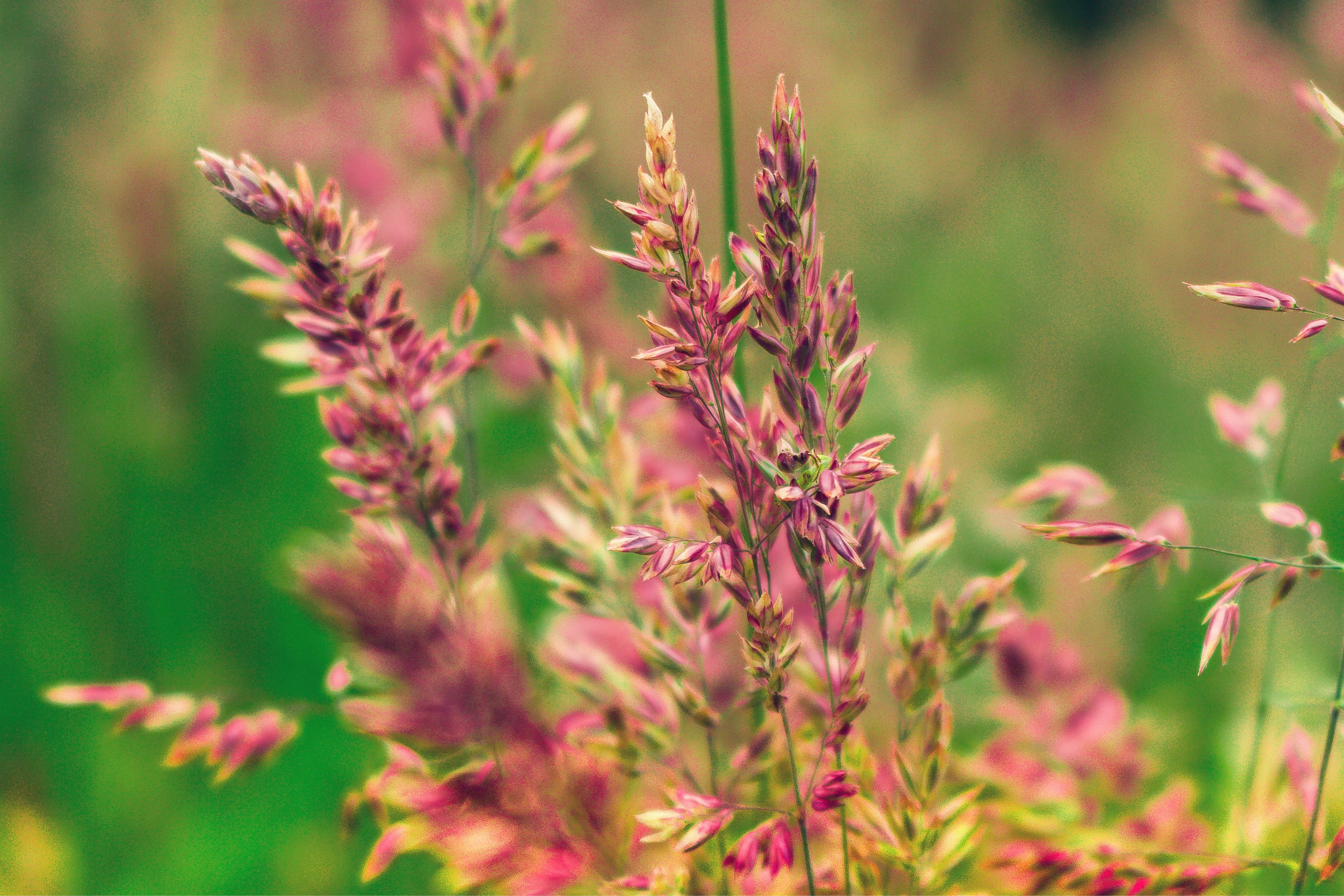Hairy reed grass
(Calamagrostis villosa)

Description
Calamagrostis villosa is a species of Liliopsida first described by Dominique Chaix, and given its simplified Asian name by Johann Friedrich Gmelin. Calamagrostis villosa belongs to the genus Calamagrostis, and the family Poaceae. None of these subspecies are listed. The species is perennial and caespitose with short rhizomes and 50–150 centimetres (20–59 in) long culms. It ligule have an eciliate membrane which is 3–5 millimetres (0.12–0.20 in) long and is also lacerate. The leaf-blades are 3–8 millimetres (0.12–0.31 in) wide with the bottom being scabrous and pilose. The panicle is open, inflorescenced, and linear. It is also 8–20 centimetres (3.1–7.9 in) long and 3–6 centimetres (1.2–2.4 in) wide with the branches being scaberulous. Spikelets are cuneate and are 4–6 millimetres (0.16–0.24 in). They carry one fertile floret which have a bearded floret callus. Fertile lemma is keelless, membranous, oblong and is 2.5–3.5 millimetres (0.098–0.138 in) long. Lemma itself have a dentate apex with the main lemma having awns which are 0.5–0.6 millimetres (0.020–0.024 in) over the lemma and are sized 1–2 millimetres (0.039–0.079 in). The species also have glumes which are lanceolate, membranous, and have acuminate apexes with the upper glume being of the same size as a spikelet. Rhachilla is 0.5 millimetres (0.020 in) long and pilose. Flowers have two lodicules and two stigmas along with and three stamens. The fruits are caryopses with additional pericarp and punctiform hilum. Calamagrostis (reed grass or smallweed) is a genus of flowering plants in the grass family Poaceae, with about 260 species that occur mainly in temperate regions of the globe. Towards equatorial latitudes, species of Calamagrostis generally occur at higher elevations. These tufted perennials usually have hairless narrow leaves. The ligules are usually blunt. The inflorescence forms a panicle. Some may be reed-like. The plants may be rhizomatous (underground stems with shoots), stoloniferous (with runners), or caespitose (growing in tufts or clumps). The bisexual spikelets have a single floret and generally they are purple or purple-brown. The spikelets are clustered into inflorescences, which usually develop in early- to mid-summer on long culms.
Taxonomic tree:







